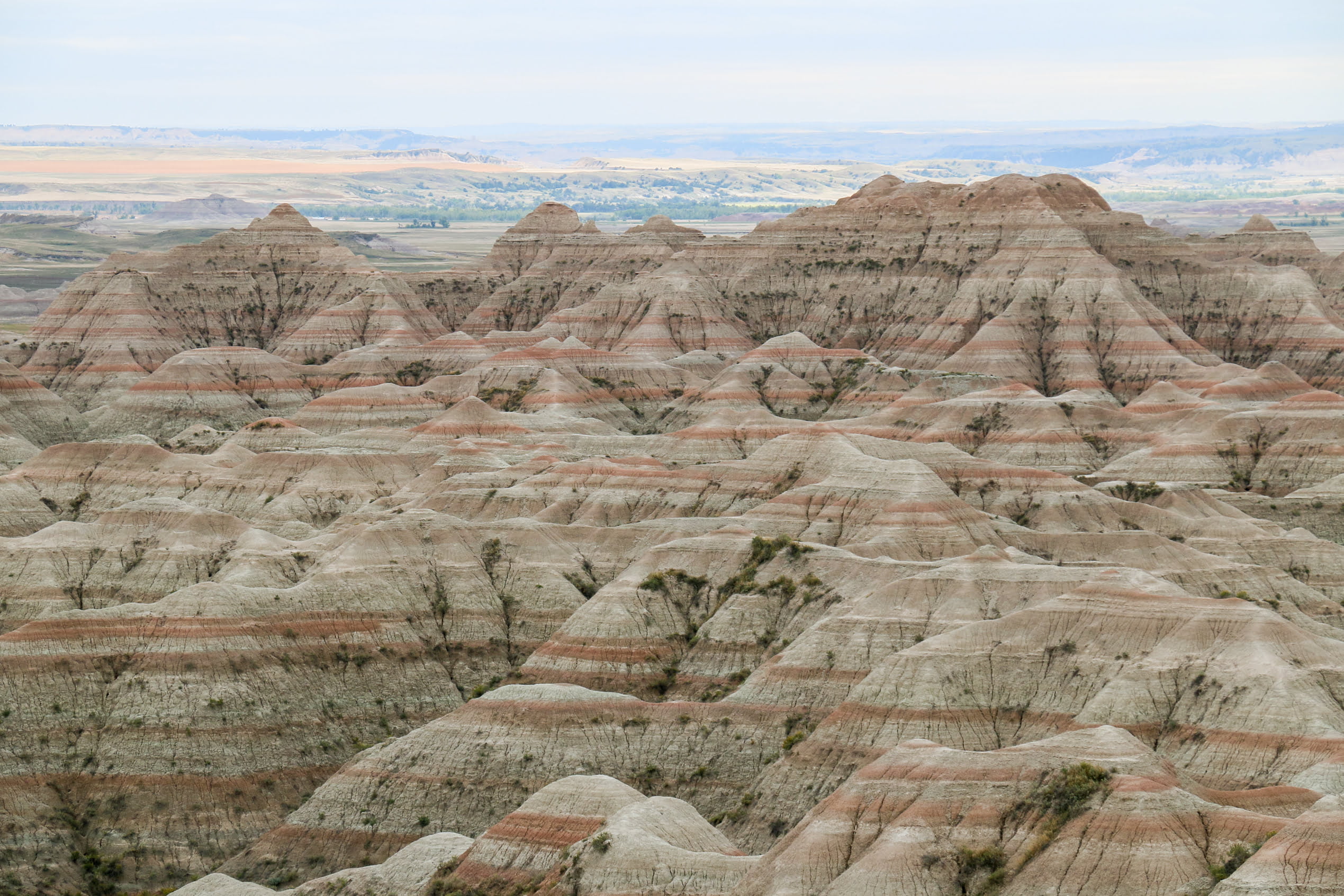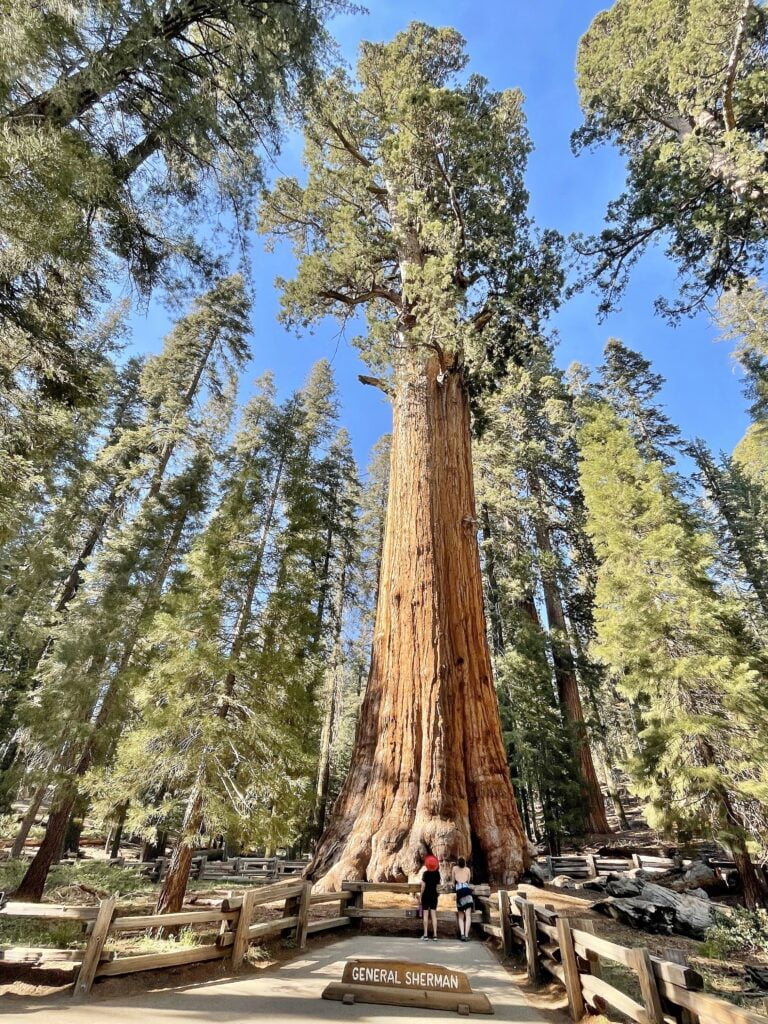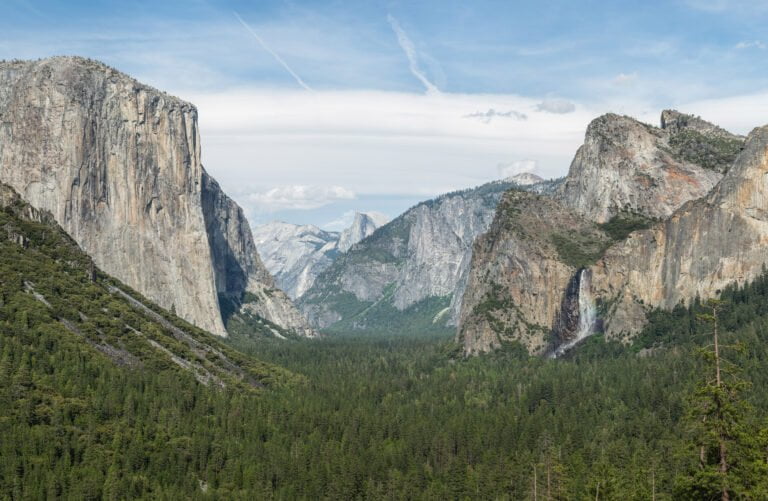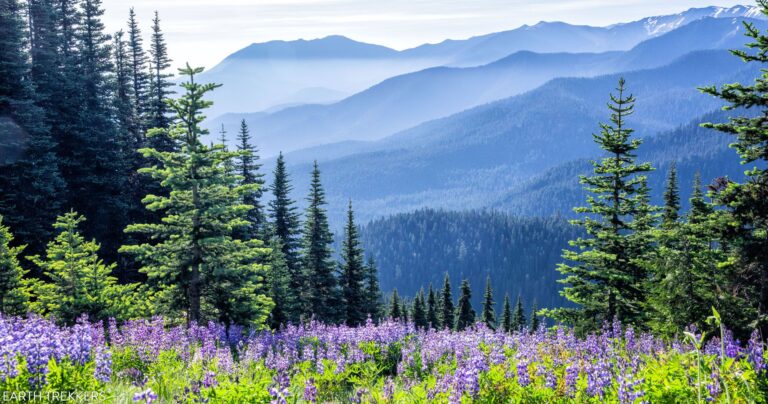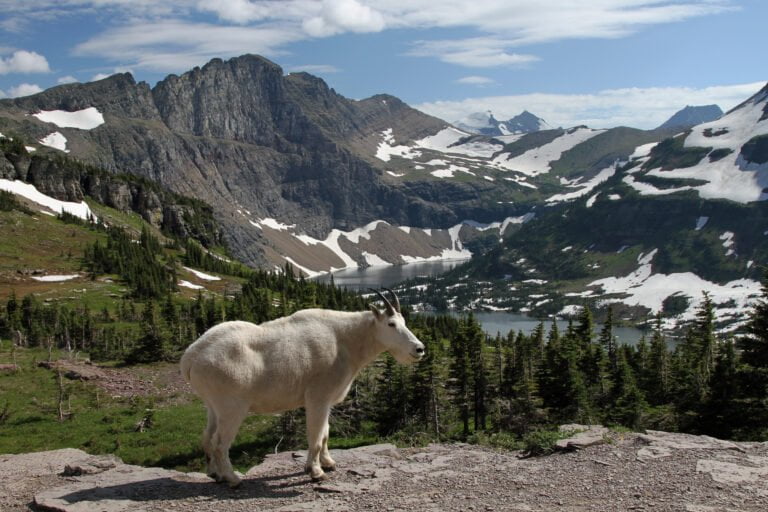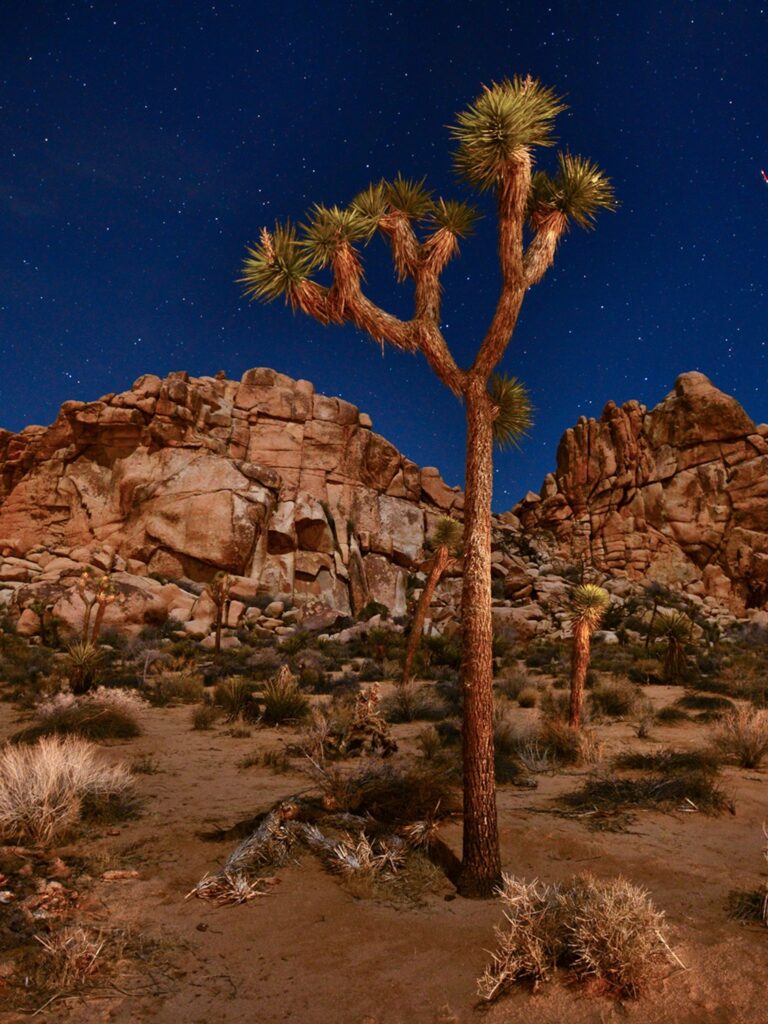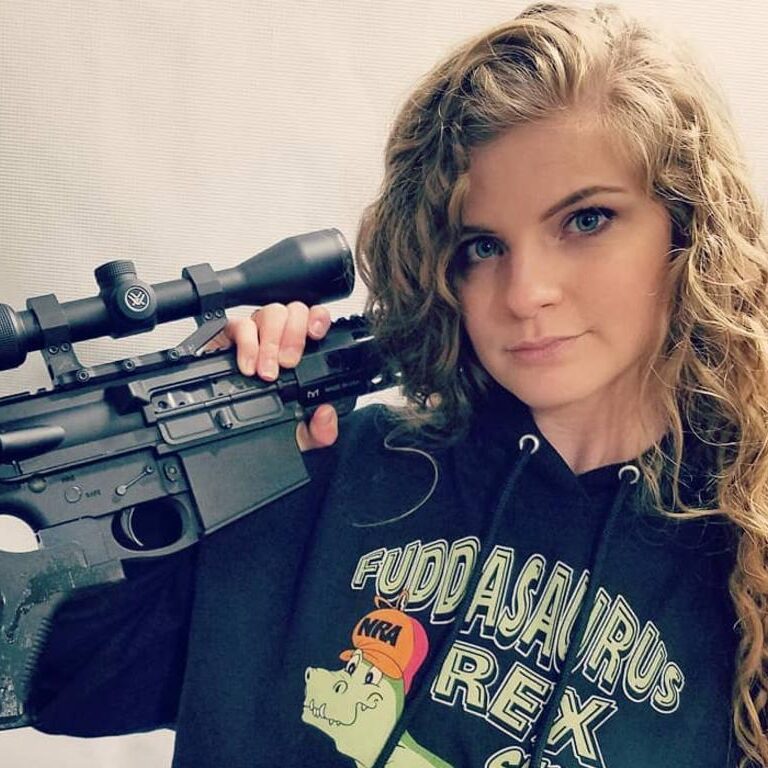Badlands National Park
Nestled within the heart of South Dakota, Badlands National Park stands as a mesmerizing testament to the intricate interplay of nature’s forces over millions of years. Spanning an impressive 242,756 acres, this unique landscape has captivated the imaginations of countless visitors since its establishment in 1978. With an annual influx of 1.22 million visitors, Badlands National Park holds both historical significance and natural splendor. In this article, we delve into the captivating facets of this remarkable park, from its firearms policies to its stunning vistas and diverse wildlife.
Firearm Regulations and Policies
For those who qualify under federal, state, and local laws, Badlands National Park adheres to federal statutes that permit firearms within its bounds. However, it’s important to note that uncased firearms are strictly prohibited. Moreover, firearms larger than a 22-caliber, as well as air guns, BB guns, slingshots, and paintball guns, are not allowed outside of approved Shooting Ranges. These regulations ensure both visitor safety and the preservation of the park’s natural environment.
No Hunting Allowed
While Badlands National Park offers a wealth of opportunities for exploration and appreciation of nature, hunting is not among the permissible activities. The park serves as a sanctuary for wildlife, where animals can thrive without the threat of hunting. This policy fosters a balanced ecosystem that contributes to the preservation of the area’s natural beauty.
Unveiling the Unique Landscape
The region known as Badlands National Park was once referred to as “Mako Sica” by the Lakota people, translating to “terrible land.” Its stark, otherworldly appearance earned it a description by Colonel George Custer as “hell with the fires put out.” The Great Plains stretch across this area, featuring buttes, spires, and mesas sculpted by the elements over countless millennia. The sedimentary stone that forms these structures showcases a captivating range of gray and orange bands, an enduring testament to the passage of time.
Biodiversity in Unexpected Places
Despite its seemingly desolate appearance, Badlands National Park is teeming with diverse life forms that have adapted to its challenging environment. As visitors explore the rugged terrain, they may encounter bison and skittish prairie dogs. Beneath the fields, these creatures call home, featuring the largest expanse of blue grama and buffalo grass fields in the United States. The critically endangered black-footed ferret also finds refuge in this unique ecosystem.
A Remarkable Resurrection: The Black-Footed Ferret
In a landmark achievement, scientists from the U.S. Fish and Wildlife Service successfully cloned a black-footed ferret named Elizabeth Ann in 2020. This feat was accomplished using cells from an individual who had passed away over three decades prior. Elizabeth Ann’s arrival has bolstered the dwindling ferret population, which stands at just 300 individuals. This innovative approach offers hope for preserving this species and diversifying its genetic pool.
Optimal Times to Explore
To experience the captivating beauty of Badlands National Park at its finest, plan your visit between April to May and September to October. These months offer milder temperatures and a chance to witness the changing colors of the landscape, providing a truly immersive experience.
Entrance Fees and Passes
To access the wonders of Badlands National Park, visitors can choose from a range of fee options:
- $30.00 per vehicle for up to 7 consecutive days
- $15.00 per individual for up to 7 consecutive days
- $25.00 per motorcycle for up to 7 consecutive days
- $55.00 per Badlands National Park Annual Pass
For those planning to explore multiple national parks, the America The Beautiful Annual Park Pass offers an incredible value. Priced at $80, this pass grants entry to all U.S. National Parks and also offers discounts for seniors, military personnel, and others.
Visitor Centers for Immersive Learning
To enhance your understanding of the park’s history and ecology, consider visiting its two primary visitor centers:
Ben Reifel Visitor Center
- Address: 25216 Ben Reifel Road, Interior, SD 57750
- Phone Number: (605) 433-5361
- Hours of Operation: Daily 9:00 AM–4:00 PM
White Ridge Visitor Center
- Address: Porcupine, SD 57772
- Phone Number: (605) 455-2878
- Hours of Operation (April through September): Daily 9:00 AM–5:00 PM
Embrace the Natural Wonder
As you plan your journey to Badlands National Park, remember that this unique landscape offers not only breathtaking vistas but also a chance to witness the resilience of life in a challenging environment. Explore, learn, and leave with a deeper appreciation for the delicate balance between nature’s forces and the creatures that call this remarkable place home.
Conclusion
Badlands National Park stands as a testament to the enduring forces of nature, where ancient geological processes have shaped a stunning landscape rich with history and diversity. From firearm regulations to remarkable wildlife preservation efforts, the park encapsulates a unique blend of policies and natural wonders that continue to captivate visitors from around the world. So, embark on a journey to the Badlands and immerse yourself in a land of contrast, beauty, and ecological significance.
FAQs
- Can I bring firearms into Badlands National Park?
- Yes, you can bring firearms into the park if you are eligible under federal, state, and local laws. However, certain regulations and restrictions apply.
- Are uncased firearms allowed in the park?
- No, uncased firearms are not permitted within the park’s boundaries.
- Can I hunt within Badlands National Park?
- No, hunting is not allowed in the park to preserve its wildlife and ecosystem.
- What is the best time to visit the park?
- The best times to visit are between April to May and September to October when the weather is milder and the landscape transforms.
- Are there visitor centers in the park?
- Yes, there are two primary visitor centers: the Ben Reifel Visitor Center and the White Ridge Visitor Center, where you can learn more about the park’s history and ecology.
- Where is Badlands National Park?
- Badlands National Park is located in southwest South Dakota, about 75 miles east of Rapid City. The park is entirely within the Badlands region of South Dakota.
- Where to stay near Badlands National Park?
- Popular places to stay near the park include the town of Wall, South Dakota just outside the park entrance, as well as Cedar Pass Lodge inside the park. Rapid City also offers hotel options about an hour’s drive from the park.
- Where to stay at Badlands National Park?
- The only lodging inside Badlands National Park is Cedar Pass Lodge, located near the Ben Reifel Visitor Center in the heart of the park. Camping is also available at Cedar Pass Campground.
- How big is Badlands National Park?
- Badlands National Park encompasses 242,756 acres or about 380 square miles of sharply eroded buttes, canyons, and spires in southwestern South Dakota along the Pine Ridge region.
